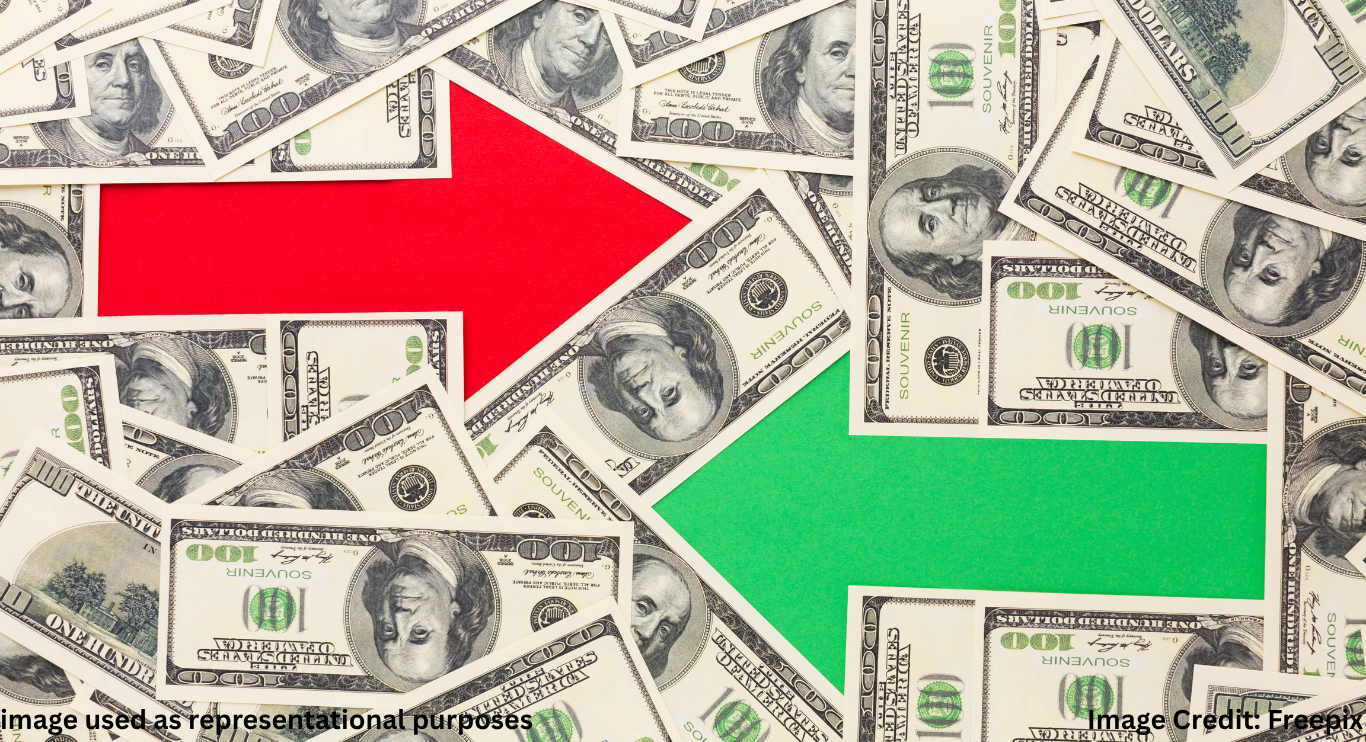
As the Dollar Slides, the Euro Is Picking Up Speed
Dollar slides as Euro gains, in a surprising shift that’s shaking global currency markets, the U.S. dollar is losing momentum while the euro is gaining ground — fast. As central bank policies diverge and economic data tilt in favor of Europe, investors are watching a currency pivot that could impact trade, inflation, and financial markets across the globe.
A Turning Point in Currency Dynamics
The dollar has long been the world’s dominant reserve currency, buoyed by U.S. economic strength and investor trust. But since early June, the greenback has slipped nearly 4% against major currencies, with the euro picking up the bulk of the gains.
“We’re seeing a rebalancing,” said Maria Keller, head of currency strategy at UBS. “The Fed’s softening tone on interest rates and stronger-than-expected European data are giving the euro an edge.”
The euro is now trading above $1.13, its highest level in over a year — a notable climb given the geopolitical and energy challenges the eurozone faced in 2022 and 2023.
Why Is the Dollar Sliding?
Several factors are driving the dollar’s decline:
Federal Reserve Policy Shift: After over a year of aggressive interest rate hikes to combat inflation, the Fed is signaling a pause — and possibly cuts later in 2025.
Cooling Inflation: U.S. CPI reports show inflation softening, reducing urgency for a strong-dollar policy.
Weakening Job Market Indicators: Job growth has slowed and wage increases have flattened, raising concerns about a soft landing turning into stagnation.
These economic signals have led traders to shift out of dollar-denominated assets and into alternatives, especially the euro and gold.
Euro Strength: Backed by Stability and Growth
On the other side of the Atlantic, the European Central Bank (ECB) has taken a cautious but firm stance on inflation. Unlike the Fed, the ECB is signaling it may hold or even hike rates again if core inflation remains sticky.
“Europe’s underlying inflation pressures are still persistent, especially in services,” ECB President Christine Lagarde said at a recent press conference.
Moreover, Germany’s economy — long seen as the eurozone bellwether — posted stronger-than-expected growth in Q2. Industrial production rebounded, and consumer sentiment improved across France, Spain, and the Netherlands.
Combined, these trends are making the euro more attractive as both a reserve and trade currency.
Global Impact: Trade, Tourism, and Inflation
The dollar’s weakness has broad implications. A stronger euro makes European exports more expensive but helps U.S. companies sell more abroad. It also affects tourism flows — Americans traveling to Europe will find vacations pricier, while Europeans visiting the U.S. enjoy better exchange rates.
Commodity markets are also reacting. Since most are priced in dollars, a weaker dollar often pushes commodity prices higher in dollar terms. Oil and gold have both seen modest upticks over the past two weeks.
Central banks in emerging markets — from Brazil to South Korea — are adjusting their currency reserves accordingly.
What Investors and Policymakers Are Watching
Currency Hedging: Global asset managers are rebalancing portfolios to hedge against further dollar depreciation.
Import Inflation: A weaker dollar can push up the price of imported goods, complicating the Fed’s inflation fight.
ECB’s Next Move: If the ECB hikes again while the Fed holds, the euro may climb further, potentially hitting $1.20 by year-end.
“Currency divergence is now a top-tier risk,” said Joshua Wong, FX analyst at Barclays. “It affects everything from sovereign debt to corporate earnings.”
Political Ripples and 2026 U.S. Elections
The dollar’s decline is not just economic — it’s political. Republican lawmakers have begun criticizing the Fed for “losing control” of inflation and undermining American financial strength.
Meanwhile, the Biden administration is walking a tightrope — welcoming lower rates to support the economy while watching the dollar slide with growing concern.
“We believe in a market-driven currency system,” said Treasury Secretary Janet Yellen. “But we’re monitoring developments closely.”
Expect currency policy to become a campaign issue ahead of the 2026 midterms.
Outlook: What’s Next for the Dollar and Euro?
The consensus among analysts is that the dollar may have entered a longer-term correction phase. If U.S. economic growth continues to moderate and the Fed cuts rates before the ECB, the euro could solidify its recent gains.
But risks remain: an unexpected shock, political turmoil in Europe, or an energy crisis could reverse the euro’s momentum quickly.
For now, though, the trend is clear: as the dollar slides, the euro is picking up speed — and markets are adjusting fast.

Akalumhe Jefferson is a content writer with a new found interest for crafting engaging stories that transport readers to new worlds. Although no current actual background in creative writing but there’s active love for writing



